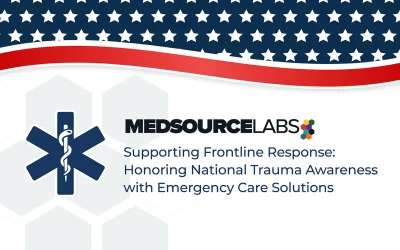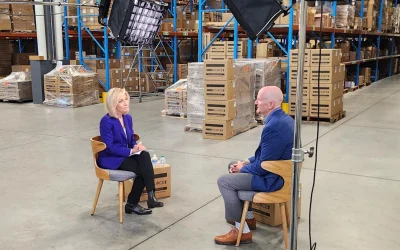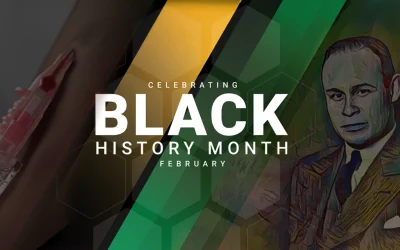Now, as many of our schools prepare and are beginning to reopen throughout the United States, we are concerned that some of our school districts might face the same shortages. As first responders, we know first-hand the need to ensure that our citizens are safe during this global pandemic.
While our production and fulfillment channels had largely caught up from the April crisis, critical increases in COVID-19 cases across the country combined with the needs of a country attempting to return to business-as-usual continue to strain supplies. Some parts of our healthcare sector especially struggle to obtain the PPE they need, especially in economically hard-hit states.
Add to this the expected needs of 90,000+ K-12 schools serving 50+ million students and employing 10+ million teachers, administrators, and support staff. All returning simultaneously. All ordering supplies concurrently. All straining an already stressed supply chain.
State and local government authorities are making difficult decisions now about if and how to reopen schools. In normal times, production and fulfillment of medical equipment typically requires a long lead time. Ordering, manufacturing, delivery, and distribution all take time. While some manufacturing is located in the US, much is still outsourced. The on-time delivery of products is not guaranteed amidst such volatility of supply and demand. And at a time of reduced government tax revenues and increased costs, prices and price certainty are also of concern.
The American Association of School Administrators (AASA) estimates an additional cost of $485 per student, or $1.8 million for the average sized district of 8 schools, and that’s just for basic COVID-19 related equipment and staff costs. When the pandemic first struck our communities, states and even the federal government were bidding against each other for essential medical supply. We do not want schools competing on price or volume for limited resources, disadvantaging both our smallest and our most economically-disadvantaged communities.
Education, government, and community leaders: Do not be caught by surprise! Do not delay ordering what you know you will need just because you don’t know everything you will need! Work together in state and regional consortium purchasing partnerships to ensure equity of access.
Do not spend the few remaining days of summer making the best laid plans for reopening our school campuses only to realize you don’t have the medical monitoring, protective, cleaning, and other supplies you need.
Too many communities, families, and students are already in economic, medical and educational distress. While many school districts and local governments have taken the steps to acquire the needed safety and medical equipment, we need to ensure that is the case for all. Let’s act now to ensure a cost-effective, reliable, scalable solution that mitigates these challenges.
As with our first responders, we owe our teachers and students a safe return to school based on the recommendations and decisions of our healthcare, government, education and community leaders, and not based upon whether or not a PPE order was placed in time.
Bob Otter, founder and CEO of CitizenAID, serves as Fire Captain for the Granville Fire Department in Ohio. Mike Wenshau, Vice President of MedSource Labs, serves as Assistant Fire Chief for the Hopkins Fire Department in Minnesota.


